Objective Evidence Of Disease
Objective evidence of disease. We sought to determine the association between PTSD and objectively assessed CVD and examine potential underlying mechanisms. Critical events were defined as myocardial infarction or cardiac death. Objectives for capacity building and interventions.
In all cases of recurrent pain without objective evidence of disease diagnostic criteria for recurrence were not fulfilled frequent reexaminations were performed to exclude recurrent pericarditis. Patients with posttraumatic stress disorder PTSD are at increased risk for cardiovascular disease CVD but few studies have included objective measures of CVD and how PTSD causes CVD remains unknown. The disease can manifest in various symptoms which can be grouped into typical atypical and extra-esophageal symptoms.
Therefore a symptom is a phenomenon that is experienced by the individual affected by the disease while a sign is a phenomenon that can be detected by someone other. Objective evidence of severe disease can include information from diagnostic studies in addition to physical examination findings. It is evidence that can be recognized by the patient physician nurse or someone else.
Objective evidence of severe disease can include information from diagnostic studies in addition to physical examination fi ndings. For example gross blood in the stool is a sign of disease. Those with the highest specificity for GERD are acid regurgitation and heartburn.
The objective assessment of a patient with cardiac disease who has not had specific tests of cardiac structure or function is classified as undetermined. More than 1 in 7 adults in the United States may have chronic kidney disease CKD with higher rates in low-income and racialethnic minority groups. Returning to Shaw the court held when a plan categorically states that there is no objective evidence when in fact there is such evidencefavorable or notthe plan acts arbitrarily and capriciously.
In the present study symptoms and objective evidence of pulmonary disease were compared in a community sample of construction workers with occupational exposure to asbestos. Imazio M1 Demichelis B Parrini I Cecchi E Pomari F Demarie D Gaschino G Ghisio A Belli R Trinchero R. Intervention objectives should focus on processes such as training or on.
Symptoms of dyspnea and cough were assessed by a standardized. Objective evidence of CAD was found in 39 of 826 asymptomatic diabetic patients in 51 of 151 diabetic patients with shortness of breath SOB and in 44 of 760 diabetic patients with angina.
The classification of patients according to cardiac functional capacity is only part of the information needed to plan the management of patients activities.
It is evidence that can be recognized by the patient physician nurse or someone else. Clinicians should be cautious when ordering diagnostic studies however. Intervention objectives should focus on processes such as training or on. Critical events were defined as myocardial infarction or cardiac death. In all cases of recurrent pain without objective evidence of disease diagnostic criteria for recurrence were not fulfilled frequent reexaminations were performed to exclude recurrent pericarditis. When the patient was reexamined erythrocyte sedimentation rate blood count electrocardiogram and echocardiographic results were obtained. Is objective evidence of disease such as a fever. Objective means the sign can be evaluated or measured by the patient or others. Gastroesophageal reflux disease GERD is a common disease with a prevalence as high as 10-20 in the western world.
Objective evidence of severe disease can include information from diagnostic studies in addition to physical examination fi ndings. Intervention objectives should focus on processes such as training or on. Clinicians should be cautious when ordering diagnostic studies however because diagnostic studies can identify conditions of questionable importance that can lead to a cascade of interventions. For example gross blood in the stool is a sign of disease. It is evidence that can be recognized by the patient physician nurse or someone else. Objective evidence of severe disease can include information from diagnostic studies in addition to physical examination fi ndings. In all cases of recurrent pain without objective evidence of disease diagnostic criteria for recurrence were not fulfilled frequent reexaminations were performed to exclude recurrent pericarditis.


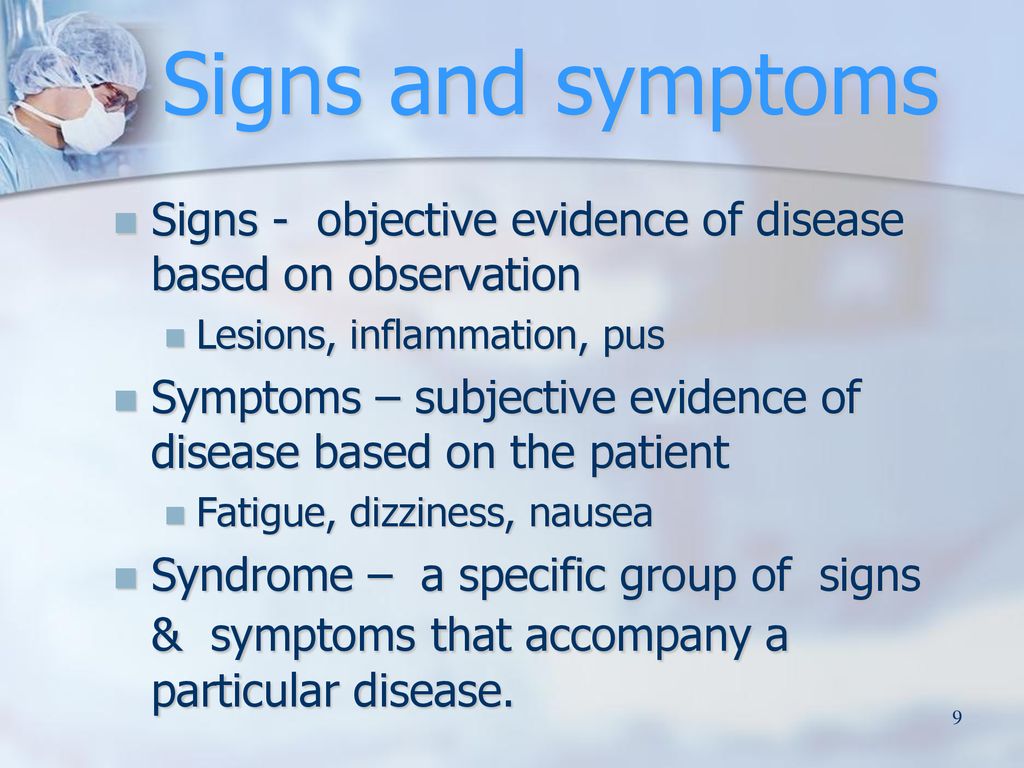

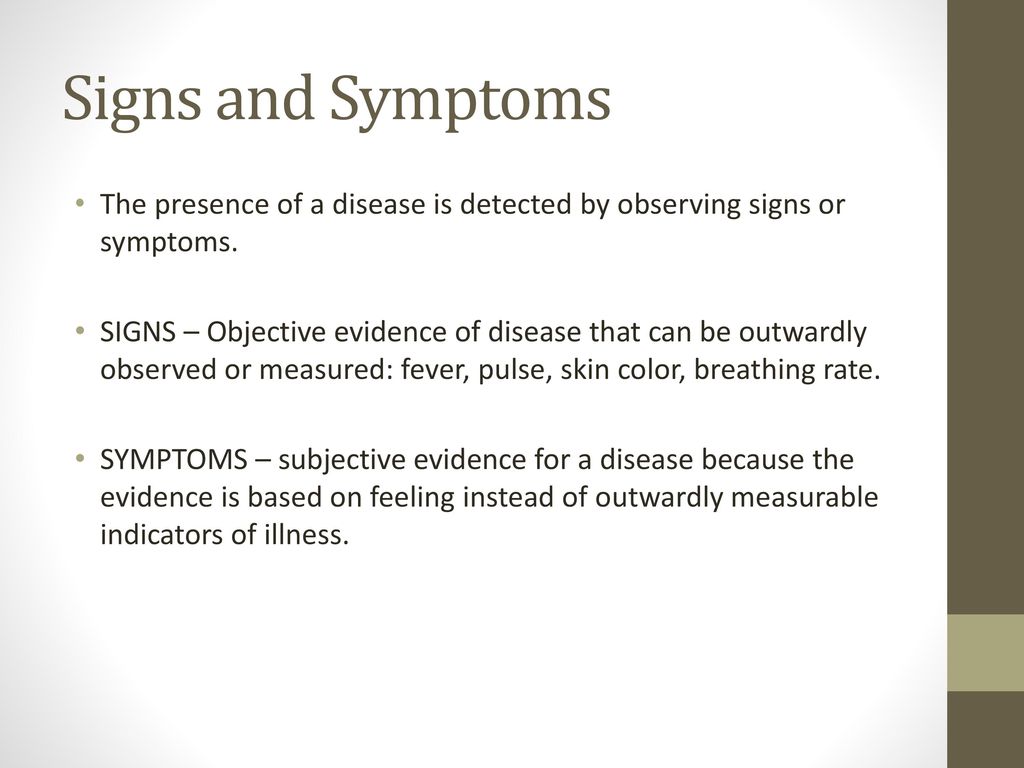











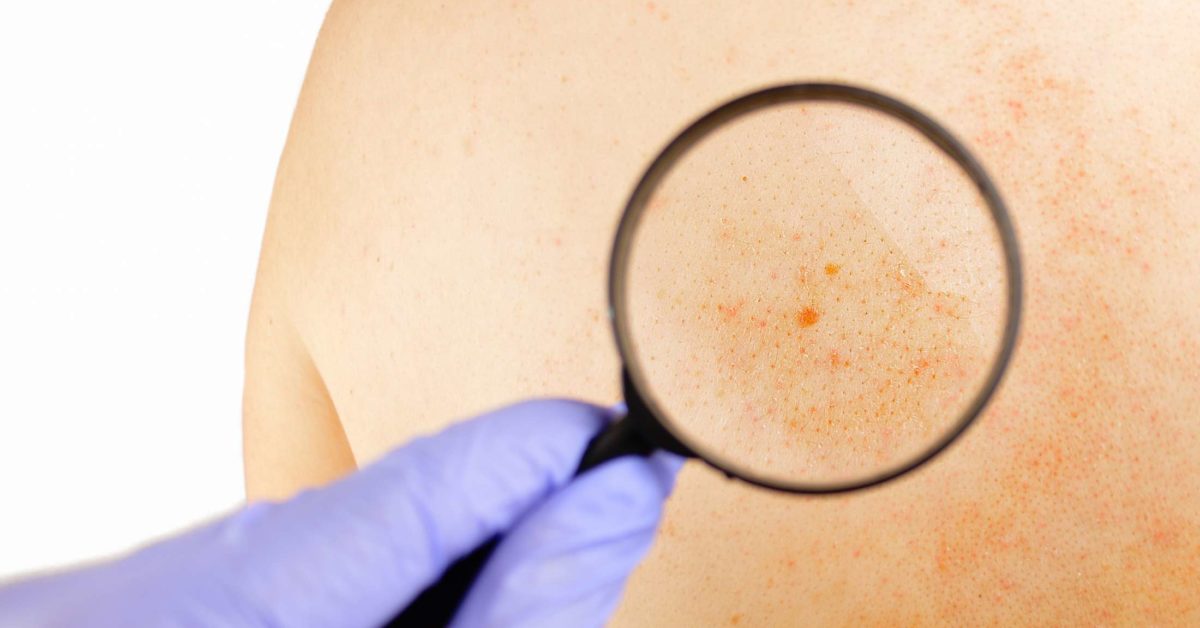
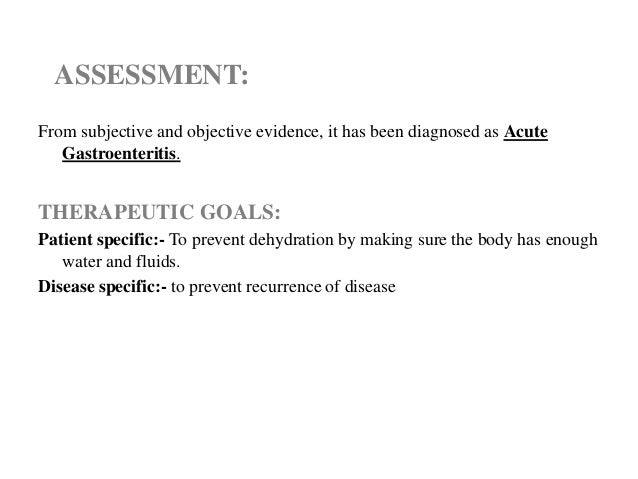

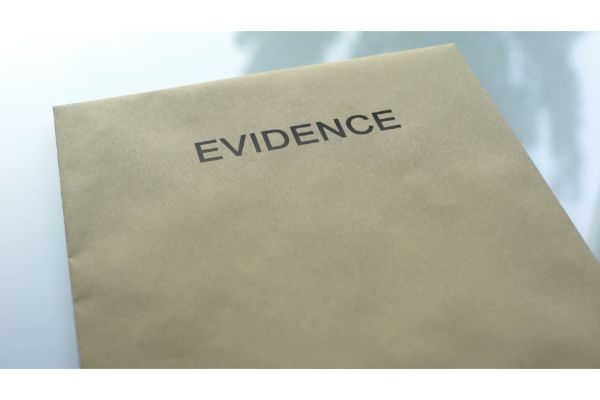
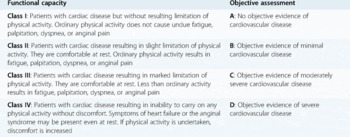




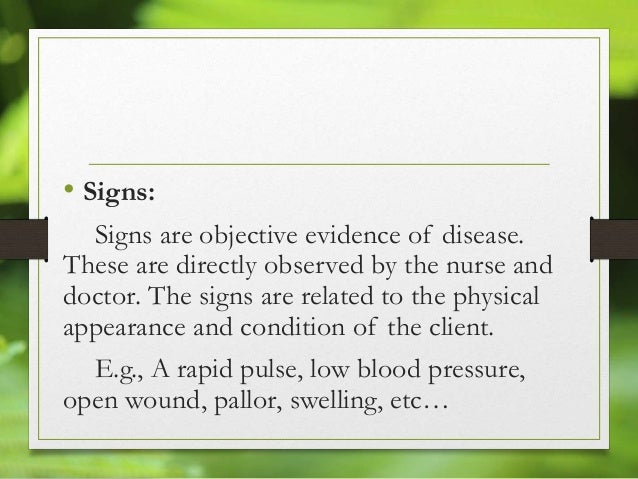










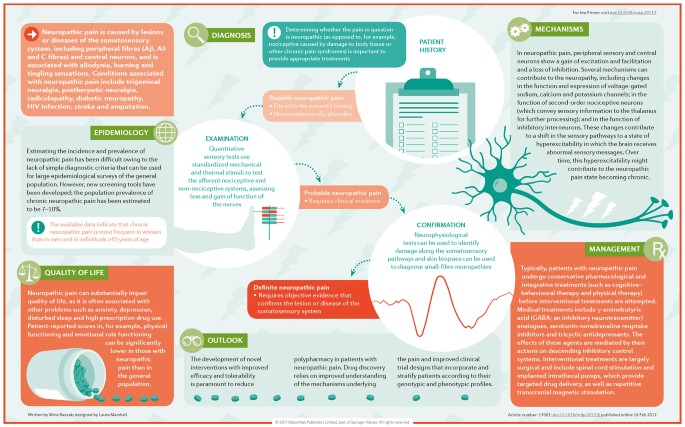






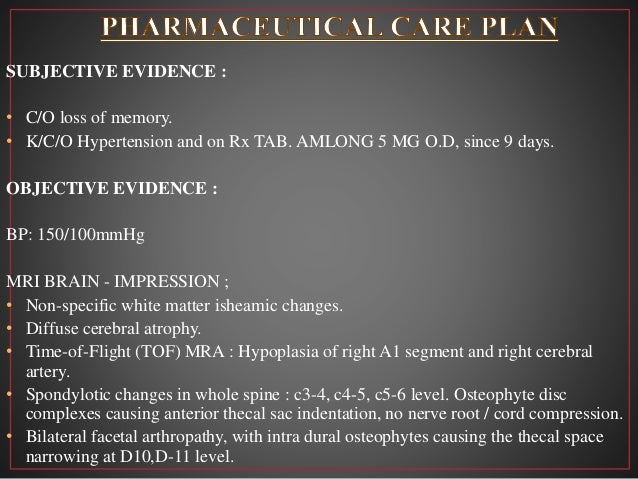
Post a Comment for "Objective Evidence Of Disease"